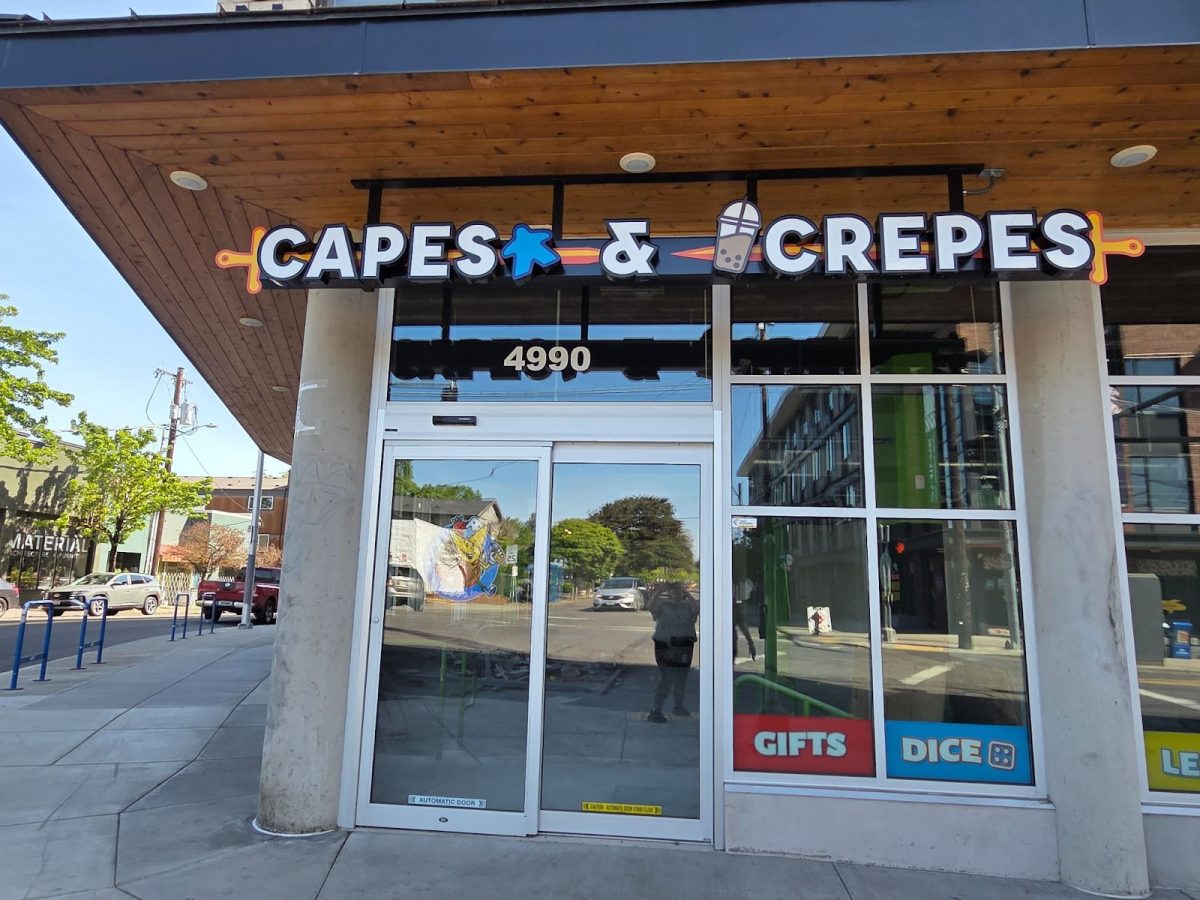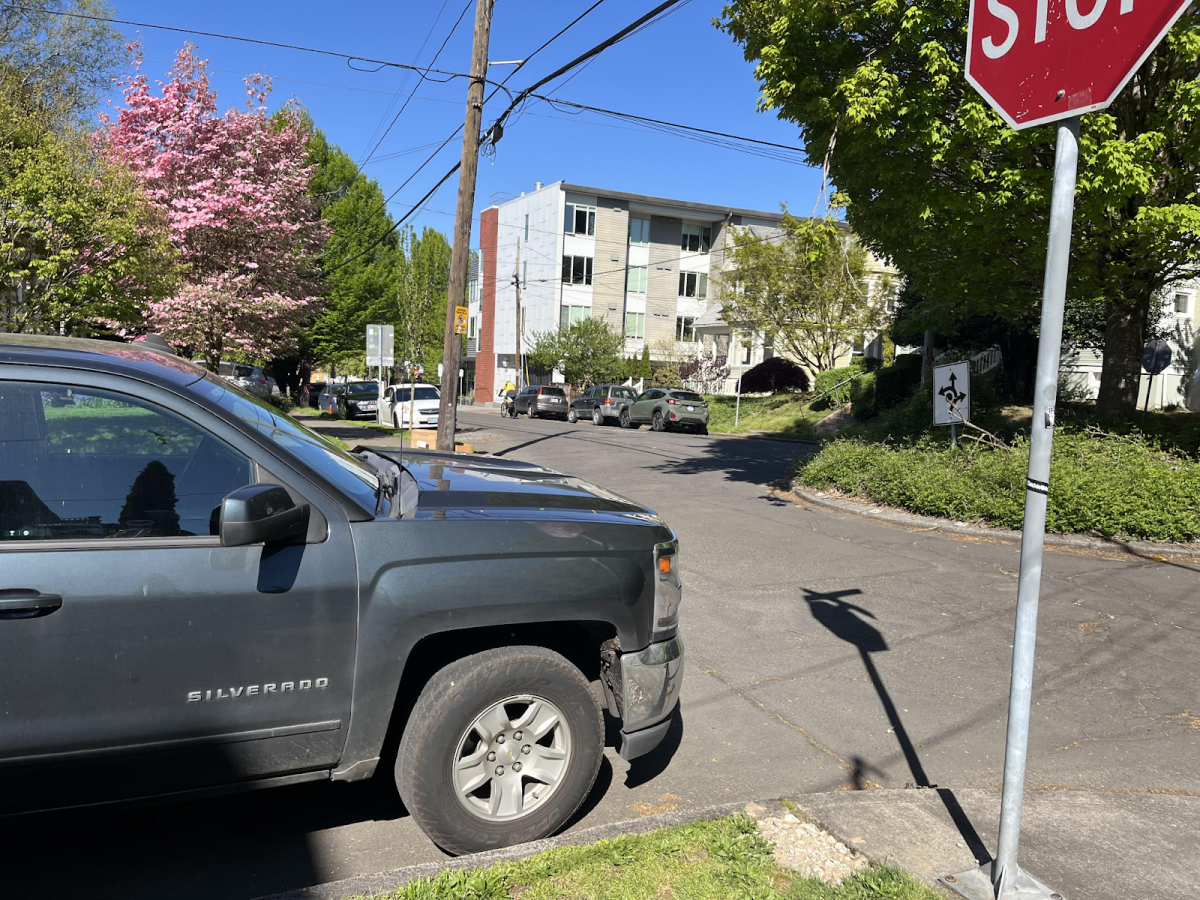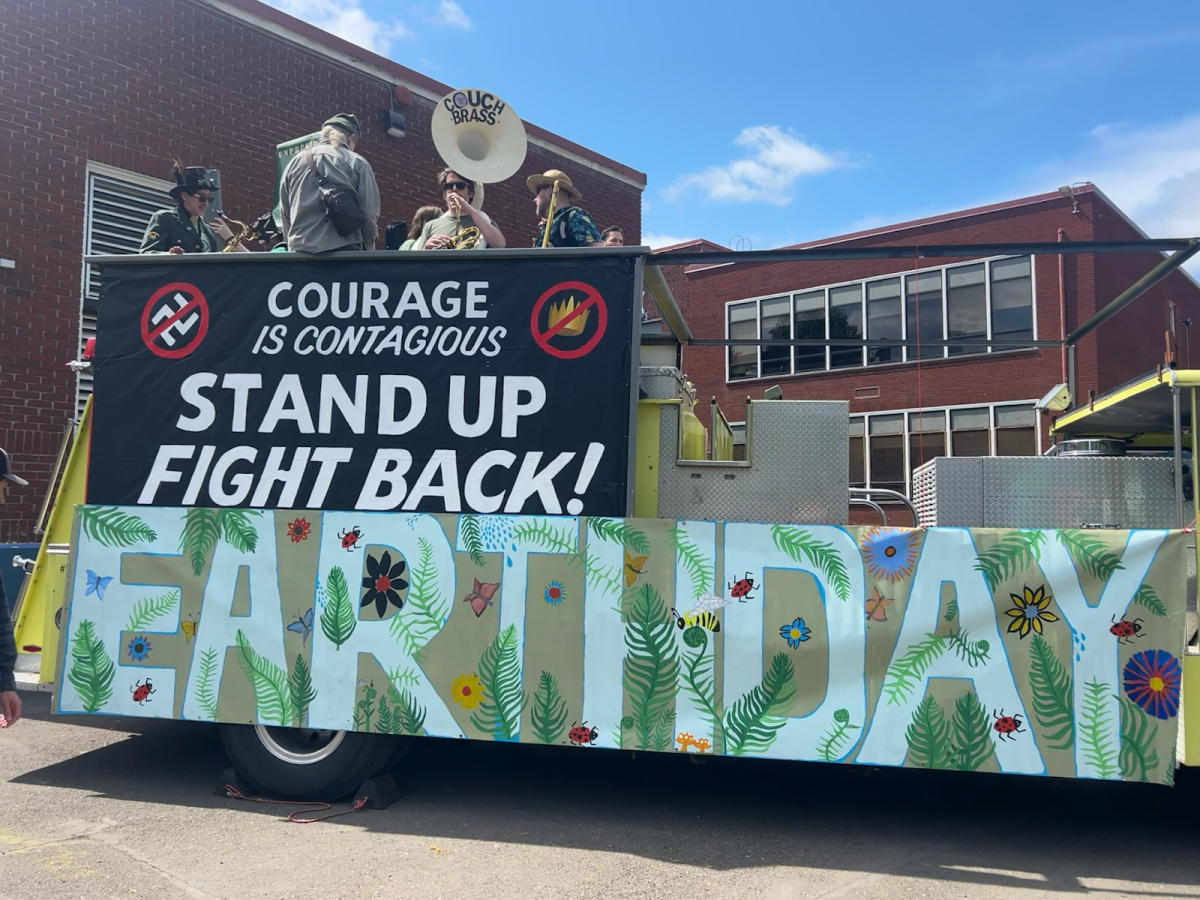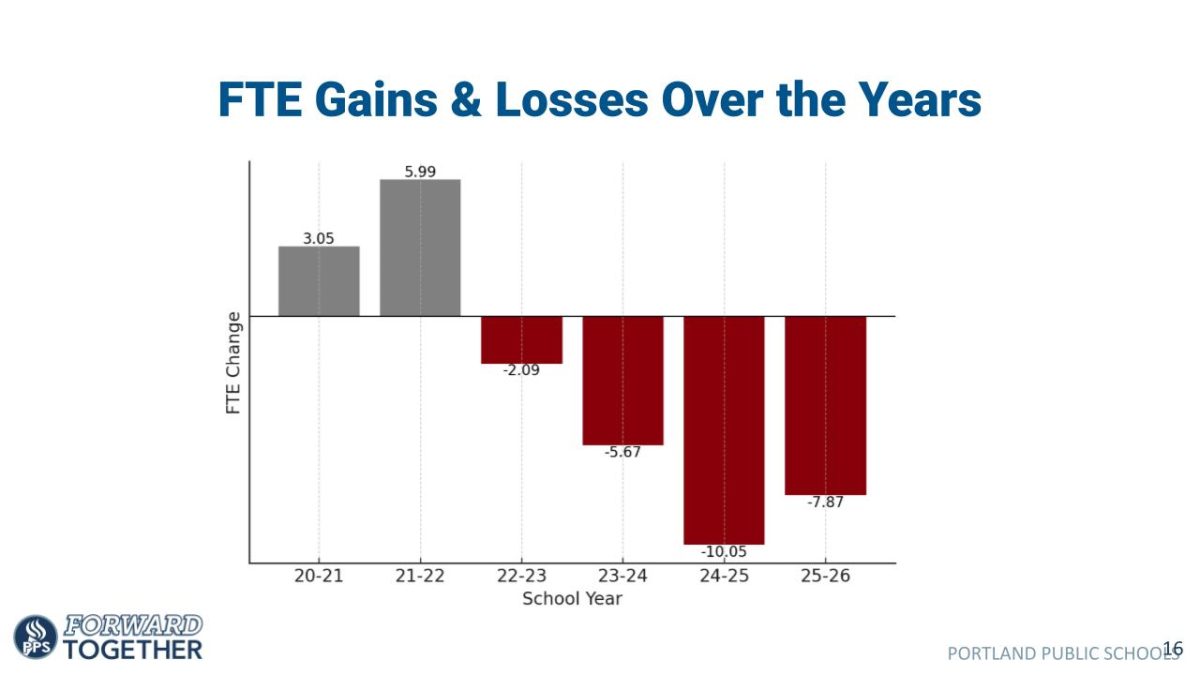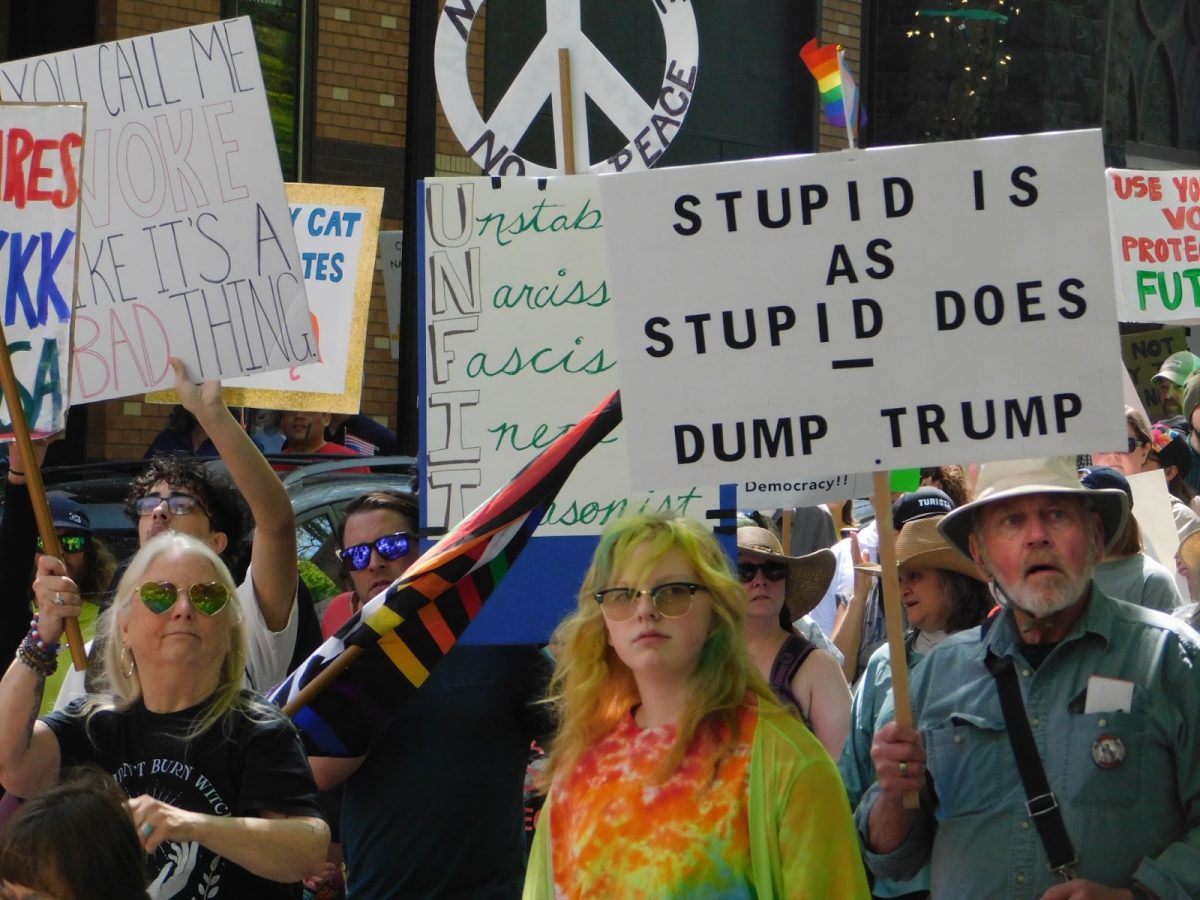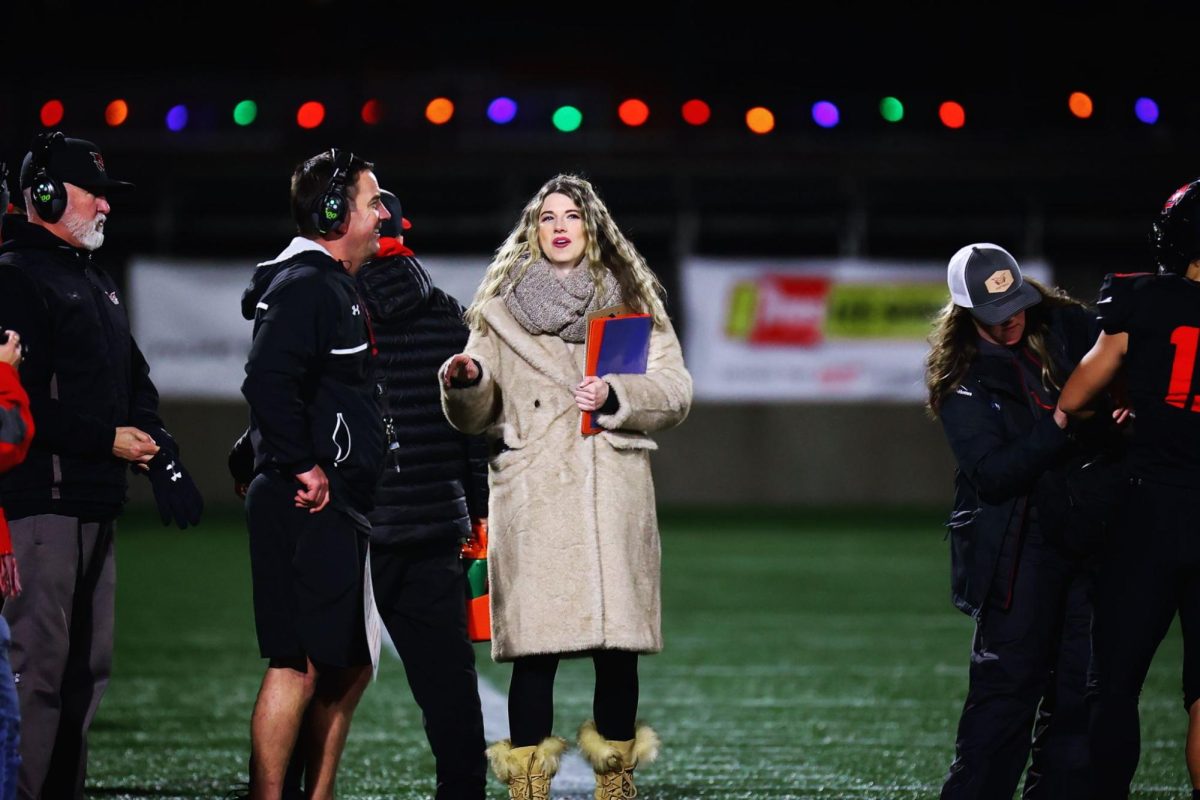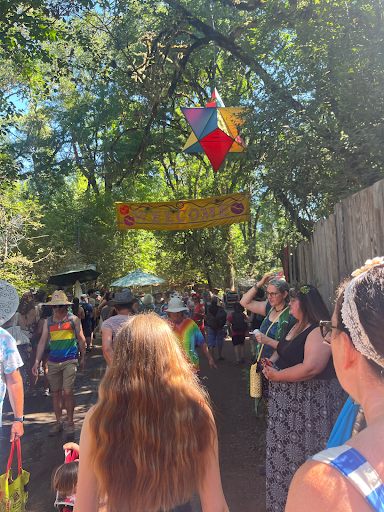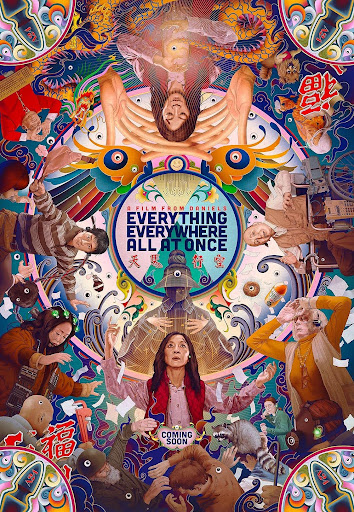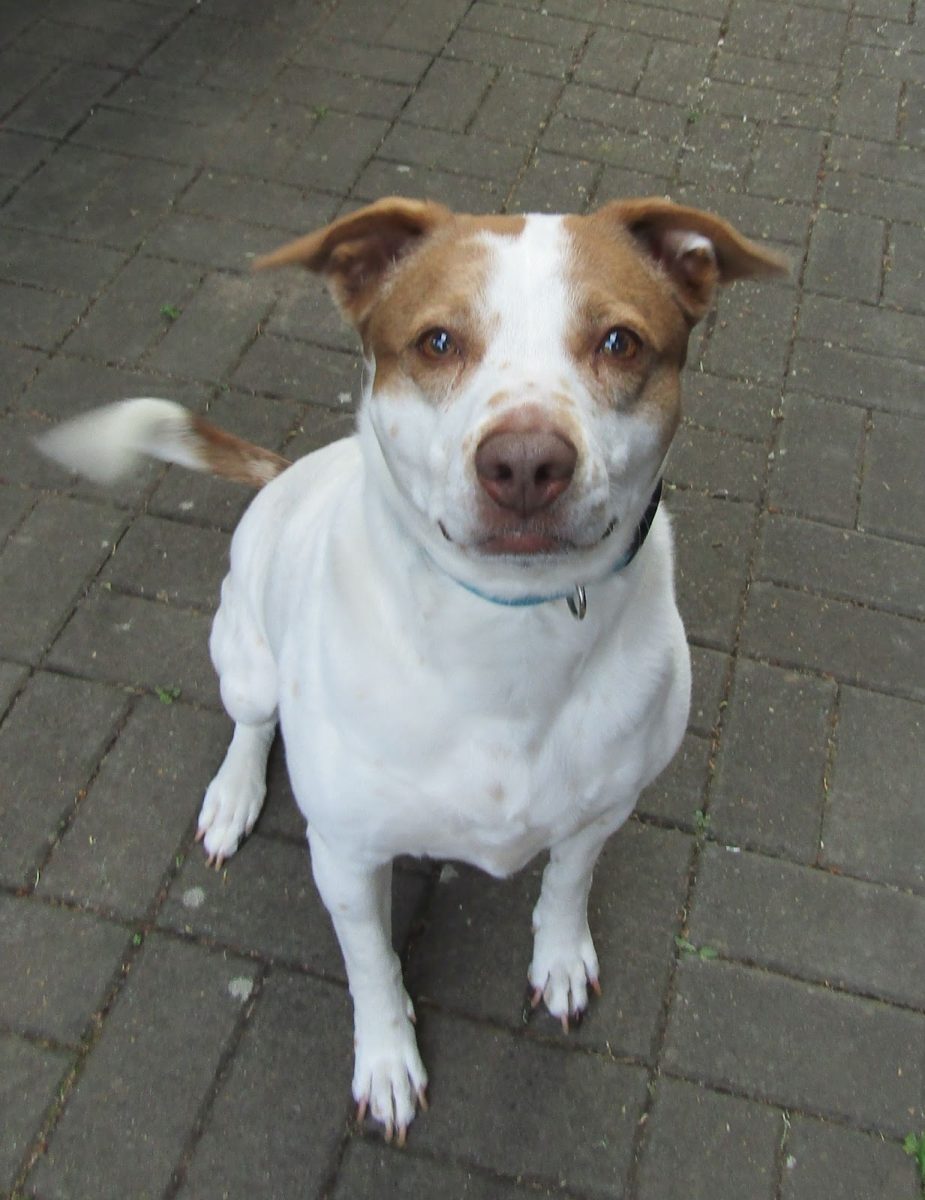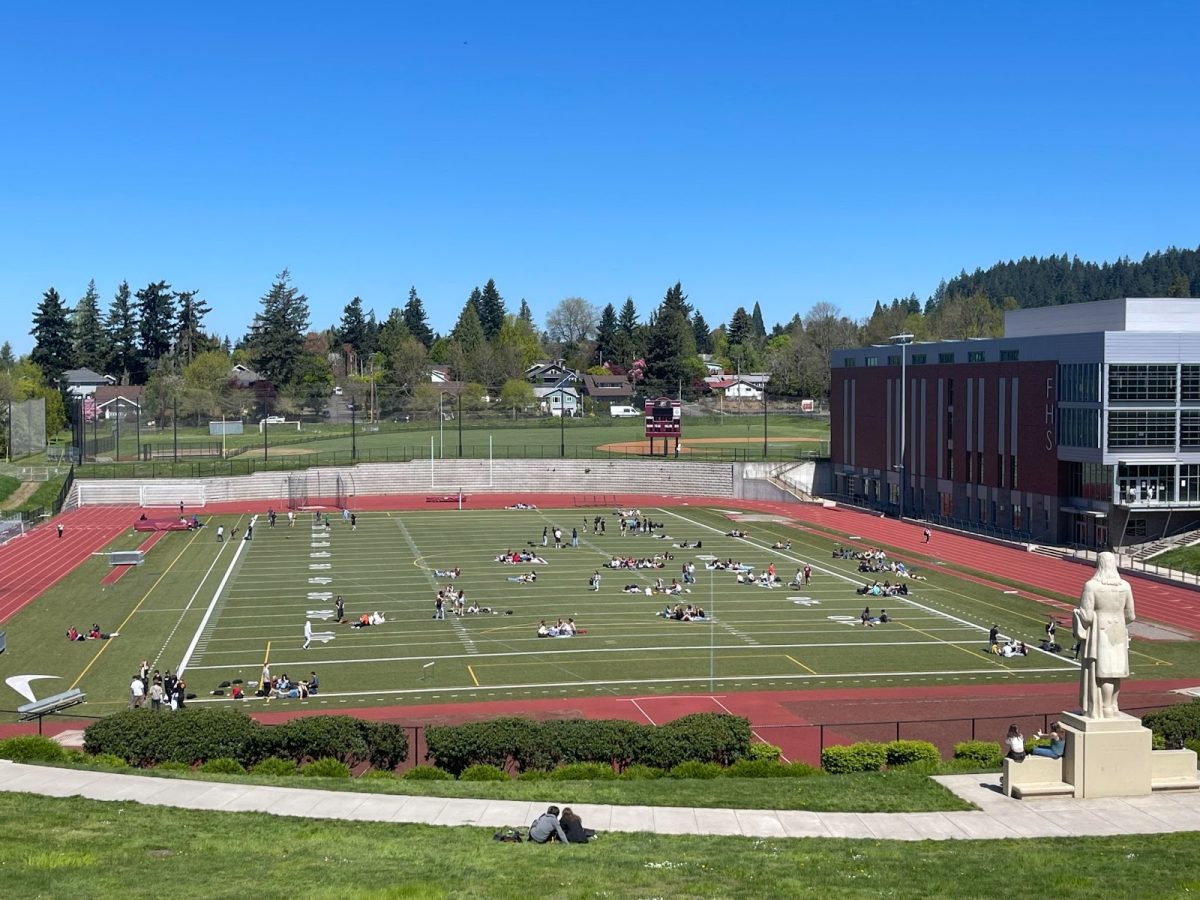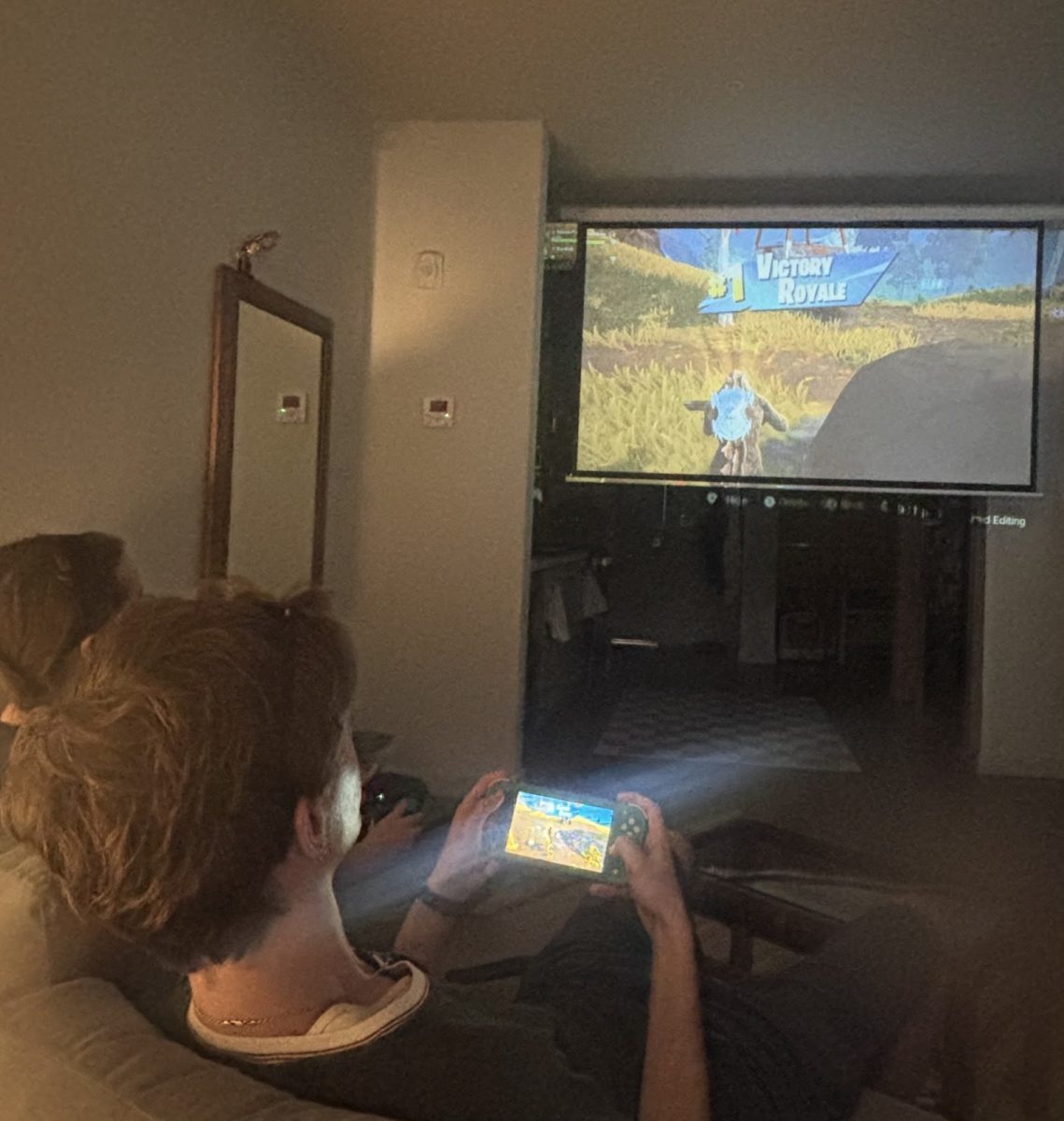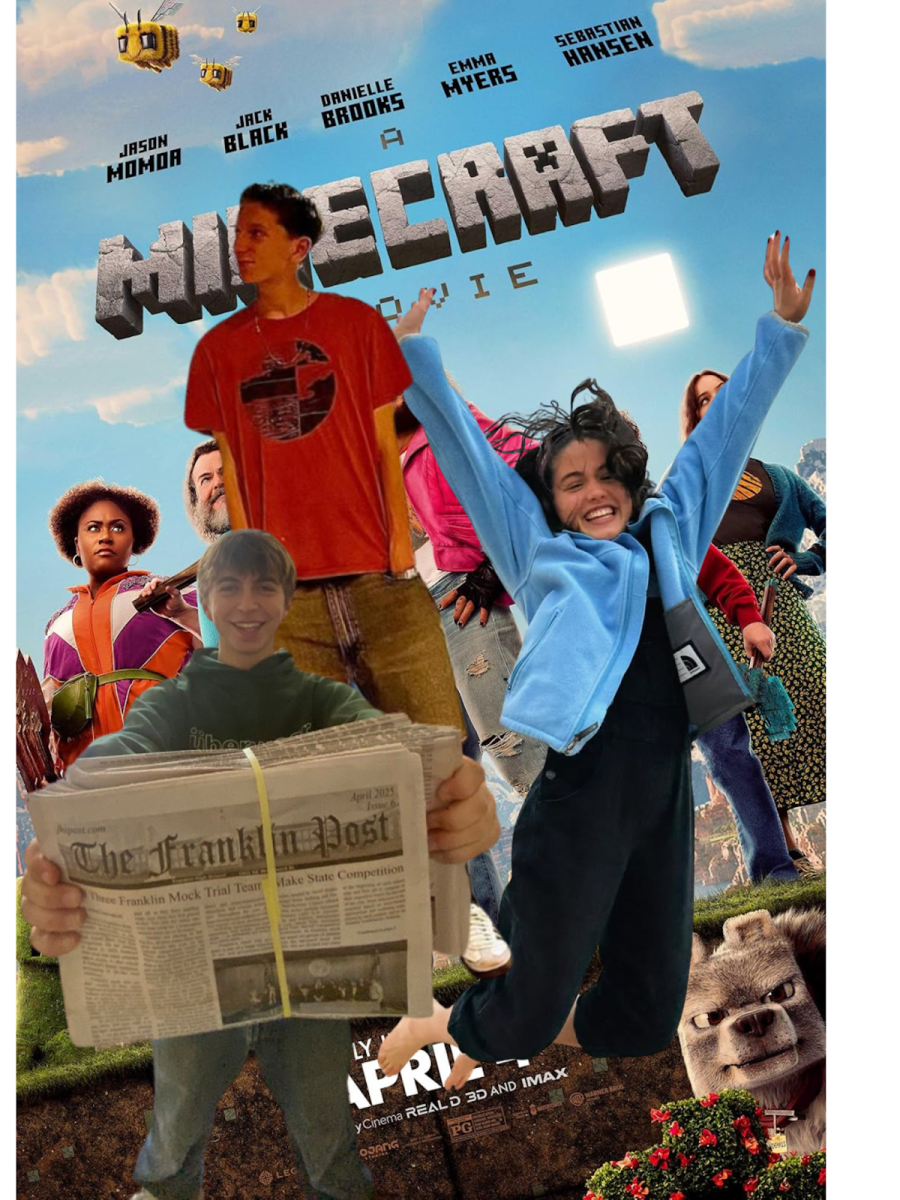
` It can be hard to give up meat. At times, it can even seem impossible. Take it from me; going on four years of vegetarianism, I know the struggle. I have gone through all the ups and downs and feel confident in my expertise as a vegetarian. I would also like to acknowledge that I am by no means a nutritionist and therefore, I am not telling you what you should and shouldn’t eat. I understand that everyone has different needs and diets that work for them and their bodies. I also understand that a vegetarian diet may not be accessible to those with financial struggles. With that being said, here are a few things you need to know about becoming a vegetarian, based on my own experience.
My Journey:
I became a proud vegetarian in 2018, but before that I never really liked meat, which made it a little bit easier for me to make a change. For a couple of months I tried to become vegetarian, but having self control was difficult. Until one day, I finally made the switch. For me, it came down to animal rights and not feeling comfortable supporting big corporations that treat their animals so poorly. Over the last few years, I have grown and adapted to new foods that I never thought I would have liked. Becoming vegetarian has opened so many new doors and has given me countless new opportunities. I am satisfied with my switch to a plant-based diet and can’t see myself changing back anytime soon.
Reasons why most people become vegetarian:
People choose to cut out meat from their diets for many reasons. Some have grown up being vegetarian, while others make the executive decision to stop eating meat later on in life. Either way, there is always a reason behind the change. Some might include health reasons, environmental impacts, or animal rights activism.
Health impacts can play a major role in becoming vegetarian. Some people don’t have a big say in their switch to a more plant-based diet. Doctors may ask you to cut down on your meat consumption due to the fat level found in red meat. Science has shown that red meat can be a leading cause of some major health problems such as type 2 diabetes, coronary heart disease, stroke, and colorectal cancer. Don’t worry, if you are upset about the change in your diet there are plenty of great supplements that taste just like meat!
Some people make the decision to cut out meat simply because they don’t feel comfortable taking an animal’s life away from them. They also might decide to go vegetarian because of the way big corporations treat their animals. The meat industry uses a cruel system called factory farming. They use techniques that harm both animals and their workers, making it an unhealthy environment for all. Due to all the unhealthy chemicals and artificial hormones produced in the enclosed factories, it leads to workers getting sick and animals contracting diseases, which make people less inclined to support these companies.
Lots of vegetarians make the decision to switch their diet due to how the meat industry pollutes our environment. Many parts of the meat industry are detrimental to our environment. Big corporations and factory farming are big leading causes of global warming and climate change. These factories produce CO2 gasses that are released and have a negative impact on our environment. Major meat corporations just care about profit, meaning they will do anything in their power to make money. Sadly, this means they don’t put much thought into how they’re affecting our planet.
What does it mean to become a vegetarian?
Many people tend to get vegan, vegetarian, and pescatarian diets confused. A vegetarian diet means you cut out all meat from your diet, and a pescatarian diet is cutting out all meat other than seafood. Becoming vegan is not only cutting out meat and seafood, but also all animal products including milk, eggs, cheese, and animal skins. Each diet is similar, but they are all unique in some way. Find what works best for you!
Tips:
Deciding to cut out meat entirely from your diet can be a struggle for some. Your body is used to getting the protein and nutrients meat provides, and it can be difficult to get used to a new diet. It’s okay to take time and slowly adjust. A tip that I found helpful was picking a day each week that I dedicated to eating a plant-based diet. As I started to adjust I would add days on. This gave my body enough time to adapt. Another handy tip is eliminating types of meat one at a time. This could look like the first week you cut out beef, the next you remove pork, and so on. Everyone is going to have a different story and method to becoming a vegetarian; it’s important to listen to your body and make sure that you are fulfilling its needs.
Recipes:
Falafel (you can find this recipe at https://www.gimmesomeoven.com/falafel-recipe/ )
Falafel is a high in protein fritter made out of chickpeas.
Ingredients:
1 can of chickpeas: rinsed and drained
1 cup fresh parsley
1 cup fresh cilantro
½ cup diced red or yellow onion
⅓ cup flour
1 tbs. fresh lemon juice
1 ½ tsp. baking powder
1 ½ tsp. ground cumin
1 tsp. fine sea salt
½ tsp black pepper
6 small garlic cloves, peeled and roughly chopped
4-6 tbs. vegetable oil
Directions:
Roughly puree your ingredients. (I recommend doing this step in a food processor)
Pulse until the mixture reaches a fine grain texture.
Chill. Transfer the mixture to a bowl, cover, and refrigerate for a few hours until chilled.
Form into patties: use hands to scoop out 2 tablespoons of the mixture, shape it into little balls. Lay the ball on a parchment-covered sheet, then gently flatten it slightly with your hand so that it is about 1/2 -inch thick. Repeat with the remaining dough mixture.
Pan-fry the falafel: Heat the oil over medium heat. Then carefully add about 4-5 falafel patties in the oil and cool for about 2-3 minutes per side until browned and crispy. Transfer the falafels to a plate lined with paper towels to soak up any extra oil.
Serve! My favorite way to eat falafel is wrapped in pita bread with hummus and veggies.
Minestrone Soup ~ based on Moosewood recipe
2 tbs. olive oil
2 cups chopped onion
5 medium cloves garlic, minced
1 medium carrot diced
1 small zucchini, diced
1 small eggplant, diced
1 tsp. oregano
Fresh black pepper, to taste
1 tsp. basil
1 medium bell pepper, diced
3-4 cups veggie broth
2 cups of tomato puree
1 ½ cups of kidney beans
1 cup dry pasta (any shape)
1-2 medium-sized ripe tomatoes, diced
½ cup minced parsley
½ parmesan cheese
Directions:
Heat the olive oil in a big pot. Saute your onions and garlic on medium heat in olive oil for about 5 minutes, add salt. Next add your celery, carrot, eggplant, oregano, black pepper, and basil. Cover and cook on very low heat for about 10 minutes. Stir occasionally.
Add bell pepper, zucchini, veggie broth, and tomato puree. Cover with lid and simmer for about 15 minutes. Add beans and simmer for another 5 minutes.
Bring the soup to a soft boil, add pasta, stir, and cook until the pasta is tender. Stir in the diced fresh tomatoes and serve right away, topped with parsley and parmesan.

